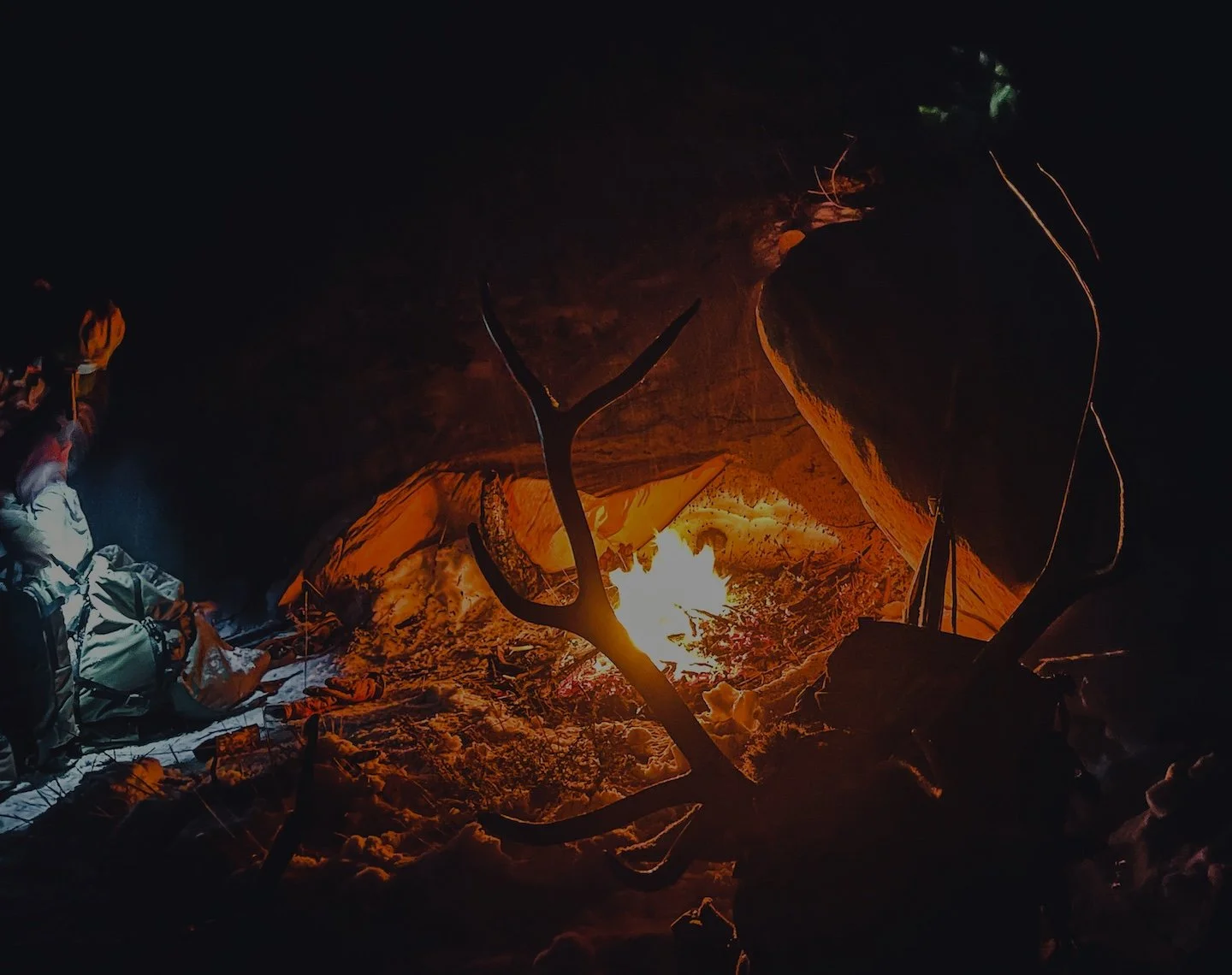Where Should I Go for My First Western Elk Hunt?
An image the author took of his father hunting elk in Idaho
So, you’re fired up to chase bugles, see the sunrise over the Rockies, and notch your first elk tag. But where the heck should you go? Picking your first western elk hunting location can feel like trying to choose a single track on a greatest hits album—it’s all good, but not all great for beginners. Let’s simplify it.
The Best States for New Elk Hunters
You don’t need a thousand acres of private ground or ten years of preference points to have a good hunt. In fact, the best place to go is the one where you can actually hunt—legally, affordably, and with a decent shot at finding elk. Here’s my honest breakdown:
🔶 Colorado
The king of OTC (over-the-counter) tags. Over 300,000 elk roam Colorado, and the terrain is incredibly diverse—everything from steep dark timber to gentle sagebrush benches. For a first-timer? This is the place to cut your teeth.
Best for: OTC access, big elk numbers, archery/rifle options
Tip: Check out Units 62, 78, or 81 for manageable terrain and elk sightings. But don’t skip your homework—pressure is real.
🔷 Idaho
Fewer hunters than Colorado, but the elk are still there. The country’s rugged, but there are some gems, especially if you’re okay working for it.
Best for: Wild country, good public land access, solid archery hunting
Tip: Units in the Salmon and Sawtooth areas can be worth the grind.
🟡 Montana
The “everything state” for western hunters—mountains, prairies, and elk in both. Tags are draw-only for nonresidents but have decent odds if you apply early.
Best for: Rut rifle hunts, mix of mountain and plains elk
Tip: Hunting Districts in the West have good reputations for having good numbers of elk on classic big mountain public land. Blaze orange required.
🟠 Wyoming & Utah
Both states have great elk hunting, but most good tags require drawing. If you’ve got points built up or just want a future dream hunt, start applying now.
Best for: Trophy bulls, later-season opportunities
Tip: Wyoming’s general elk tag is a great sleeper if you have a half-dozen or more points.
Tools to Find the Right Unit
I don't pick units based on forums and gut feelings. I use tools that do the heavy lifting for me—and you should too.
🎯 OnX Hunt: Essential for scouting public/private land, terrain features, and roads. Bonus: mark your waypoints and access points ahead of time.
📊 GoHunt (Insider): Want to see harvest success, pressure, and draw odds? This is the data hunter’s dream tool.
📚 Eastmans’ MRS (Member’s Research Section): If you’re a subscriber to Eastmans’ Hunting Journal, the MRS section is gold for learning where to go based on unit breakdowns and insider info.
Should You Go DIY or Hire a Guide?
🛠 DIY (Do-It-Yourself)
If you’re resourceful, in good shape, and can e-scout like it’s your job—you’re golden.
Pros: Cheaper ($1,000–$3,000 total), more freedom, huge learning experience
Cons: Can be overwhelming if you don’t prep right
Tip: If you’re going DIY, check out the Elk Hunt Course I always recommend—it’ll fast-track your learning curve and help you avoid rookie mistakes.
🦮 Guided Hunts
First-timers with a little budget cushion might love the guided route. You get local knowledge, a place to stay, and often, a higher chance at a bull.
Pros: Less stress, built-in experience, often private access
Cons: Expensive ($8,000–$15,000), still no guarantee
Tip: If you go this route, don’t just hire a guide—interview them. Ask about terrain, gear required, average shot distance, and how many clients they take per season.
E-Scouting Like a Pro
E-scouting isn’t optional. It’s the 21st-century elk hunter’s secret weapon.
Find food sources (grassy meadows, south-facing slopes)
Identify water sources (springs, creeks, tanks)
Look for dark timber north-facing bedding zones
Plan backup spots (A, B, and C at a minimum)
I use Argali’s Mapping with Purpose series as a reference for e-scouting workflows—it’s smart and methodical, not just “drop a pin and pray.” Combine that with tools like Maven’s 10x42 binos and a Tricer tripod when you glass from afar, and now we’re talking.
Pro Tip: Hunt Where You’re Most Likely to Go Again
This is overlooked, but important—pick a place that you’ll return to. Familiarity over time beats blind luck on new ground. If you’re building your hunting career, get to know a unit and grow with it.
Final Thoughts
Don’t get paralyzed by choice. Pick a state that has elk, tags you can get, and terrain you can handle. Use modern tools to research units and lean on trusted sources—like Eastmans’ Hunting Journal, The Elk Hunt Podcast, and the Elk Hunt Course. Gear up, scout hard, and go make mistakes—you’ll learn more in one hunt than in a year of reading.


